Five incredible discoveries of the outgoing year
The world is changing every hour, and scientific discoveries occur much more often than we think. But we decided to collect only the most valuable, the most incredible thing that happened in the past in 2018.
gave same-sex offspring mouse
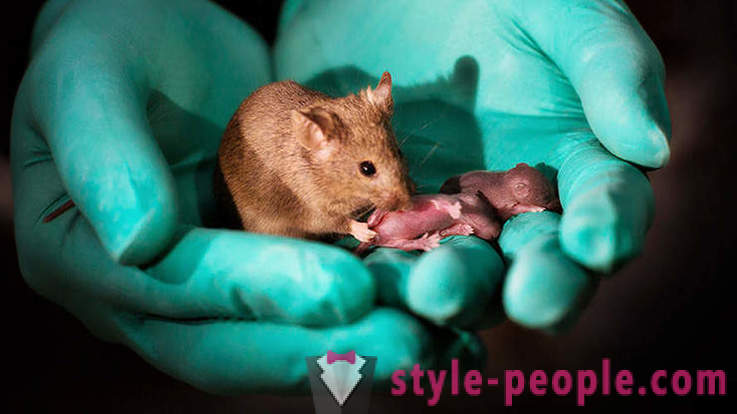
In October 2018 a pair of same-sex mice were able to give birth to pups by editing the genome and stem cells. The kids were born two females - the entire litter was completely healthy, and when the pups grew up, they were able to have children of their own.
Unfortunately, this was not the pups born to the two males: only two survived 12.
Researchers in China have published their work and made it clear that although in the near future unlikely people will be able to rely on the appearance of the offspring of two same-sex parents is a serious step.
The researchers found the biggest animal
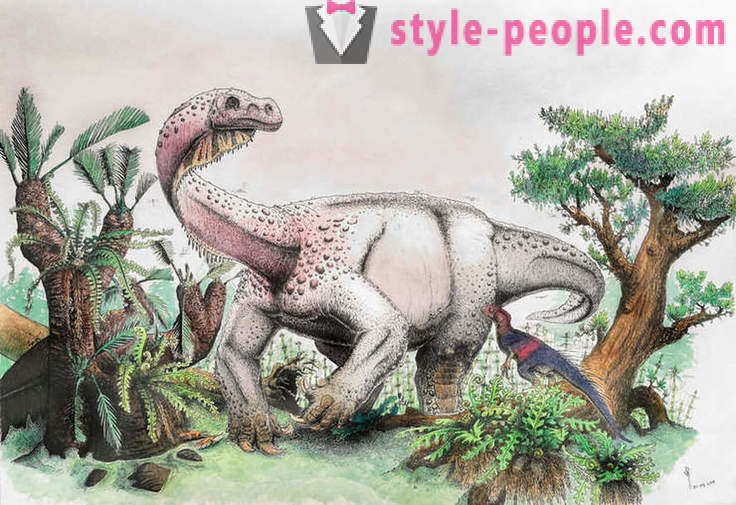
In September, scientists from South Africa found a relative giant brontosaurus, which is twice larger than the African elephant. The find was poetically named Ledumahadi mafube, which in local dialect means "thunder at dawn." Scientists believe that at the moment it is one of the largest animals ever to live on Earth. Husky weighed almost 12 tons. By comparison, modern buses increased to weigh about 15 tons.
According to scientists, Ledumahadi was the so-called transitional dinosaur, nature kind of experiment in the early Jurassic period.
The oldest human figure
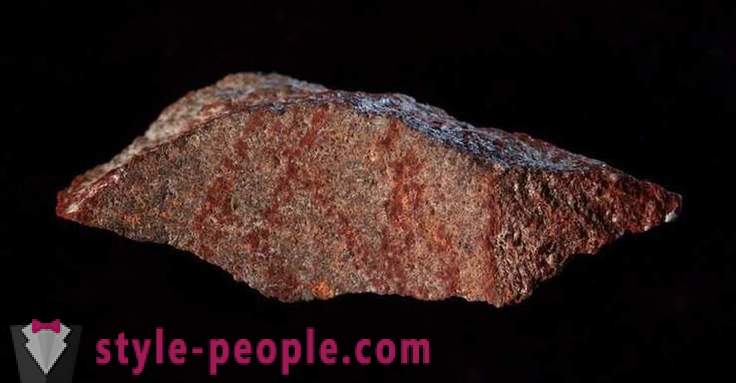
People are always drawn to the beautiful and very early became acquainted with the art. In September, scientists have discovered a rock painting that, according to historians, may be the earliest of the works created by Homo sapiens.
The figure represents nine red lines formed on a rock in South Africa. His age - about 73 thousand years.. The image was found in Blombos Cave, 200 miles from Cape Town. There they found teeth, spears, beads made of shells and things made of bone.
While scientists are not sure what, and for what purpose it was depicted on the stone, but I do know that the lines marked on the surface intentionally.
in Antarctica Scientists have grown vegetables

The plants need the sun, right? Wrong! Scientists from Germany have managed to grow lettuce, cucumbers and radishes in high-tech, specially equipped greenhouse Neumayer Station III in Antarctica. While behind the temperature was around 20 degrees, the plants grow and mature quietly, and in April, the researchers have managed to harvest.
Scientists slow down aging
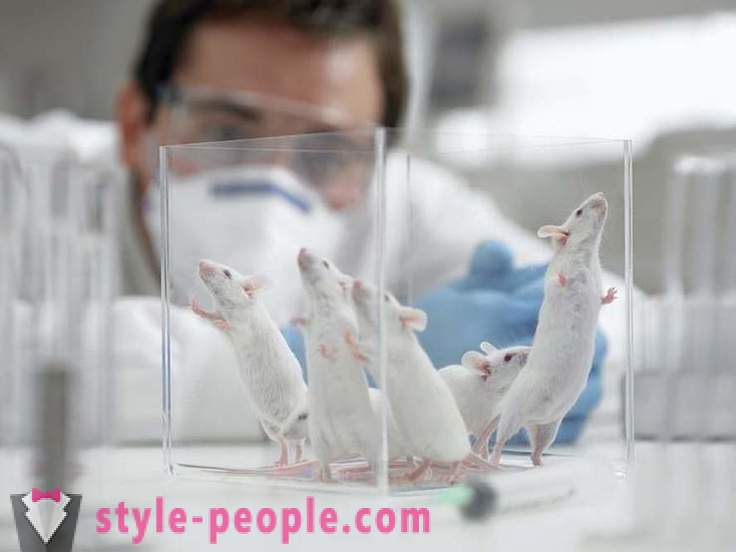
However, so far only in mice. In March 2018 in the journal CELL Boston team of researchers led by Dr. David Sinclair published a paper in which he claimed that they were able to pay back the aging mice.
Aging in mammals is due to the special enzyme NAD, which is essential for survival. With age, the amount of NAD naturally decreases, and this leads to a number of diseases associated with aging. When Sinclair found a way to increase the level of NAD in mice using dietary supplements, their cells become younger and mice in general health improved. Sinclair and his team hope to start experimenting with people in the future. If the results are similar for men, it will mean that scientists will be able to slow aging and prevent diseases such as, for example, Alzheimer's or cancer.
Fish robot
In March, researchers at the Massachusetts Institute have developed the first self-contained soft robot, which can move in the water like a fish.
Now, the study of the ocean, which we still know so little, it is much easier.
The cure blindness
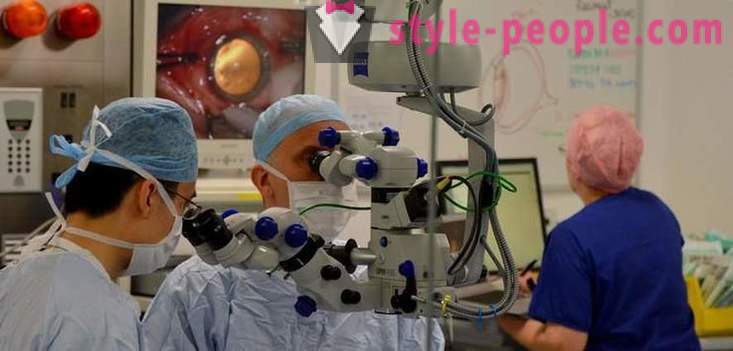
Two patients with age-related macular degeneration - the most common cause of blindness in older people - have experienced an experimental stem cell therapy.
Both patients have lost eyesight progressively. And they could not even read. Scientists implanted the patch from stem cells to the damaged area of the eye, and the vision of both patients recovered.
This is a very promising experiments, and the purpose of the doctors in the future - to find out, whether such a procedure gives serious side effects.













































